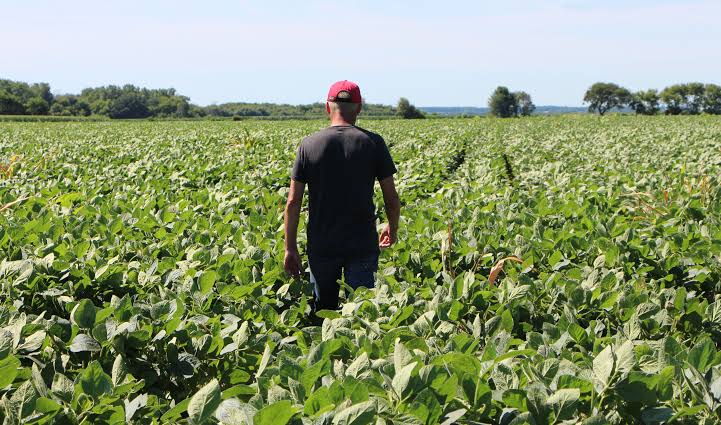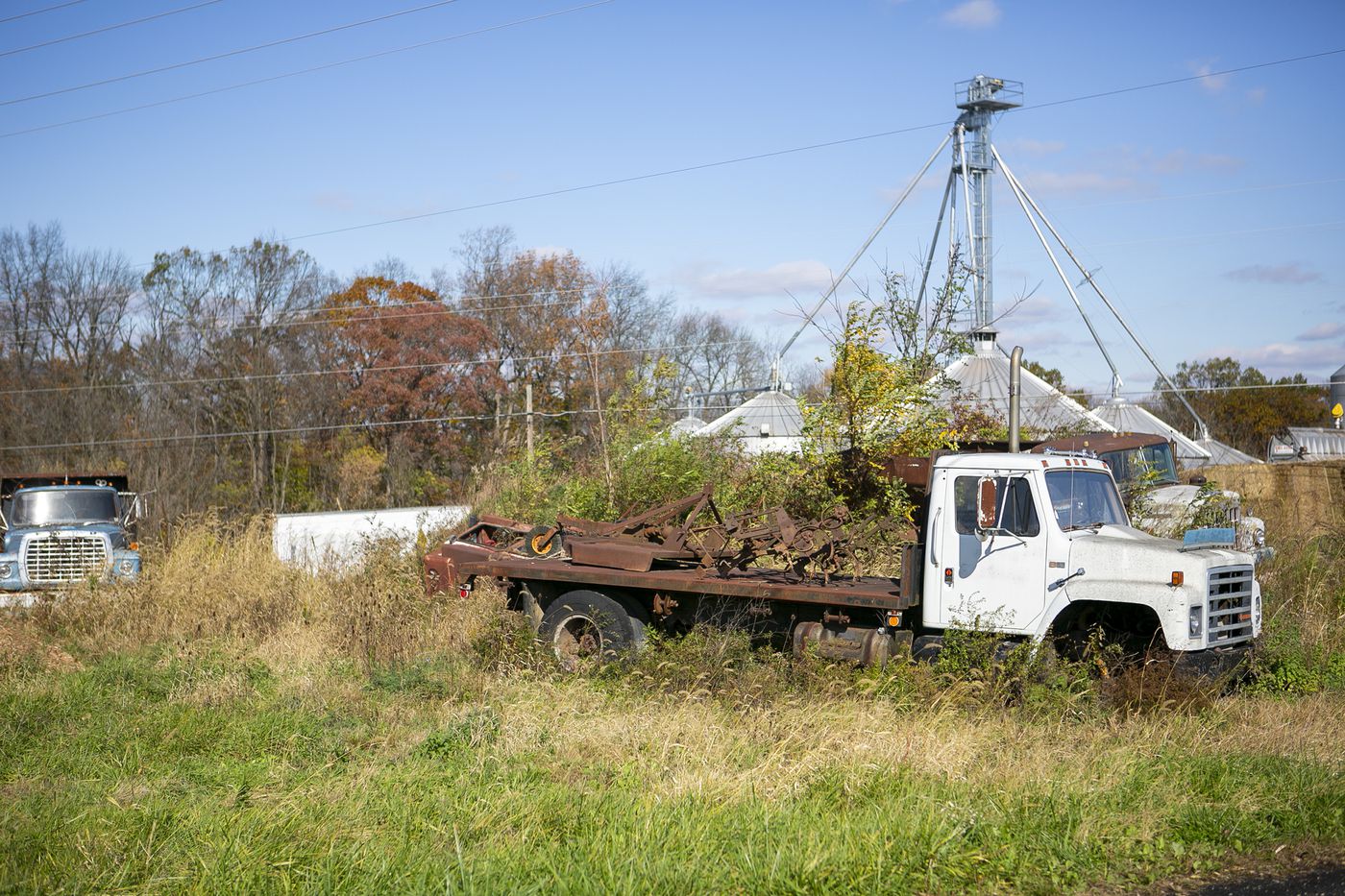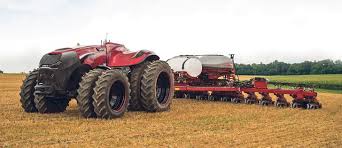Disclaimer: The views, suggestions, and opinions expressed here are the sole responsibility of the experts. No Scoop Today USA journalist was involved in the writing and production of this article.
Court information : U.S. farm liquidations hit an eight-year high

U.S. ranch liquidation rates hopped 20% in 2019 – to an eight-year high – as budgetary hardships in the U.S. rural economy proceeded notwithstanding gigantic government rescue subsidizing, as indicated by administrative court information.
As indicated by information discharged for this present week by the United States Courts, family ranchers documented 595 Chapter 12 liquidations in 2019, up from 498 filings every year sooner. The information likewise shows that such filings – known as “family farmer” insolvencies – have consistently expanded each year for as far back as five years.
Ranchers the country over likewise have resigned or sold their homesteads in light of the money related strains, changing the essence of Midwestern towns and moving the business in less hands.
“I just had a farmer contact me last week, telling me he can’t get financing for his inputs this year and he doesn’t know what to do,” said Charles E. Bunch, a chapter 11 lawyer situated in Peoria, Illinois.
Section 12 is a piece of the government chapter 11 code that is intended for family ranchers and anglers to rebuild their obligations. It was made during the 1980s homestead emergency as a basic court methodology to let family ranchers continue working while at the same time working out an arrangement to reimburse banks.
The expansion in cases had been to some degree anticipated, insolvency specialists and rural financial experts stated, as ranchers face exchange fights, ever-mounting ranch obligation, delayed low item costs, unstable climate designs and a deadly pig sickness that has destroyed China’s crowd.
Indeed, even billions of dollars spent in the course of recent years in government farming help has not stemmed the dying.
About 33% of anticipated U.S. net homestead salary in 2019 originated from government help and citizen sponsored product protection installments, as indicated by the U.S. Division of Agriculture.
The court information demonstrates those backings helped forestall an increasingly genuine financial aftermath, said John Newton, boss market analyst for the American Farm Bureau Federation.
Probably the greatest insolvency rate increments were found in locales, for example, apple producers in the Pacific Northwest, that didn’t get a lot or any of the most recent round of exchange help from the Trump organization.
The chapter 11 information “signals that things have not turned around,” said John Newton, chief economist for the American Farm Bureau Federation. “We still have supply and demand uncertainty. If we see prolonged low prices, I wouldn’t expect this trend to slow down.”






